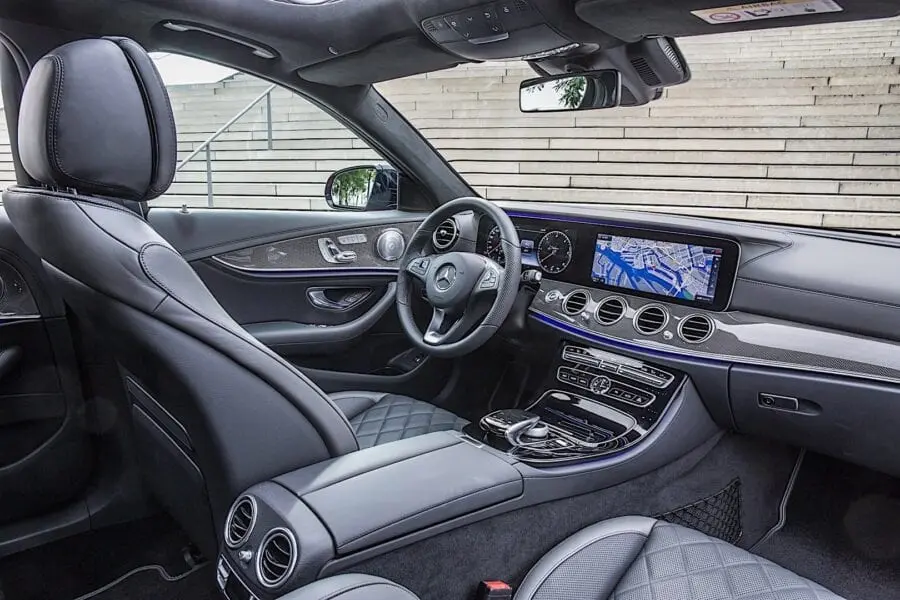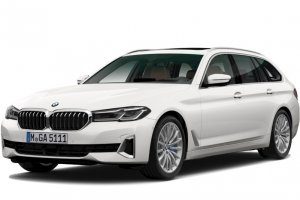
Saab 9-3 2008 Review
Finding the "real you" usually involves selling the family station wagon and buying a red convertible.
However, after your wig is off your head, you're stared and pointed at by giggling schoolgirls, and you're soaked in the rain when the roof refuses to return to its raised position, you'll be ready to sell your convertible and try something else.
At this stage, you realize that you have wasted a lot of money and tested the patience of your family and friends.
However, some of us take time to learn, and this process can take a while as you jump from one midlife crisis purchase to another. There are still coupes, V8s, utes and SUVs to try.
I've gone through this process with a whole string of cars that I'm embarrassed to admit in public.
My wife would say my midlife crisis is still going on with my six month motorcycle turnover, but that's another story. In addition, they are slightly cheaper than cars.
If I had known then what I know now, I would have saved some money. The lesson is; if you have to have a midlife crisis, buy a Saab 9-3 convertible and throw it out of your system.
The Saab is one of the few four-seater convertibles out there, which means you can really justify it as a family car of sorts (we won't mention the lack of luggage space).
Saab 9-3 convertibles also have a good resale value, which is an absolute must unless you're into throwing money away.
And remember, you'll pay almost $20,000 more for a convertible than you would for a sedan.
Now Saab has a diesel version, which means that not only is it cheap to run, it should have an even better residual value when you're going to sell it - and you'll sell it seemingly a short time after it's you have.
There are many reasons for this.
First, it's a rag top, so you can never be sure it's safe. All it takes is one brazen thief with a box cutter to break in.
As a rag top, it's also loud, even with the top up, although the Saab has a triple-lined rag top so it's quieter than most.
There is also the issue of circulation. Convertibles don't have a roof that can handle the stresses of chassis twist in a turn, so they tend to act like a leaky boat in 50-knot winds in Moreton Bay.
The fact that it's a four-seater means it has an even larger unloaded portion of the chassis that can flex and sway in the wind.
Saab has improved handling a lot, but it's still not a track day special.
The main reason for the sale of the 1.9-liter turbodiesel model will be this particular engine.
Yes, this is their most advanced XNUMX-stage turbocharged diesel engine with common-rail direct injection and multiple fuel injection, higher maximum boost pressure, lower compression ratio and alloy cylinder head.
Indeed, you get fuel economy of around 6.3 liters per 100 km (which is actually worse than the sedan's 5.8 l / 100 km, because the convertible is heavier).
However, this two-stage turbine simply does not work. In theory, there should be no turbo lag. But the lag here is best measured by a calendar.
Resist the temptation to crash into traffic or you'll find yourself in a rut before boost drops to just over 2000rpm.
At this point, you instantly get a peak torque of 320 Nm, which pulls the steering wheel out of the hands and pushes the front driver in one direction or the other.
If that's not enough, the typical diesel engine knock is even more noticeable, both with the top down and up.
From the outside, the new model looks a lot smarter with a few aluminum trim pieces that accentuate the aging style rather than spoil it. Inside is a completely different story.
Saab's commitment to its traditional aircraft cockpit look is long gone, and all the switches feel very light and flimsy.
Admittedly, the list of standard features is quite impressive; leather upholstery, heated seats, automatic climate control and cruise control, and MP3 compatibility.
Our test vehicle included the fully integrated but upgraded Kenwood sat nav and entertainment center that Saab is testing for the Australian market.
Emily Perry, public relations manager for GM Premium Brands (Saab, Hummer, Cadillac), said it was a pre-evaluation unit. “It is currently out of stock, but we are close to bringing it to market for the 9-3,” she said.
“We hope to have this Kenwood device available to customers as an accessory by the end of the year. At this stage, it is only being tested at 9-3 and not at 9-5, but there is a possibility that it may become available at 9-5 as well. I can't give details on pricing or a launch timeline yet," she said, although she estimates it will be less than $4000.
I advised Perry not to worry for several reasons.
The navigation feature was so hard to work with that I gave up and used UBD instead. As for changing radio stations, forget about it.
The screen was almost unreadable in all daytime conditions due to glare. While I prefer touchscreens for ease of use, my fingerprints and glare made it even harder to see.
It also reflected glare off the rear window, which made it impossible to see because the light blue paint on the back of the test model sent sunlight directly onto it.
There was also no clock in the sat-nav unit that I could find, which made it impossible for the driver to know the time in the cabin. What is this, a Harley?
I would settle for a factory sound system and buy a portable sat nav.
Photo
Saab 9-3 1.9TiD cabriolet
Cost: $68,000 (linear), $72,100 (vector)
Engine: It should be a good unit on paper, but turbo lag negates fuel economy. It's also too loud for a soft top.
Appeal: The laws of physics are against it from the start.
Economy: The diesel is economical, but it is hindered by a heavy convertible body.
Cost: Expensive, but you should get a good resale value if you take good care of it.
Body: 2-door, 4-seater convertible
Engine: DOHC, 1910 cc, 4-cylinder, common rail turbodiesel
Power: 110 kW at 5500 rpm
Torque: 320 Nm at 2000-2750 rpm
Transmission: 6-speed manual, Sentronic 6-speed sequential automatic ($2500), front-wheel drive
Fuel: 6.3 l / 10 km (claimed), tank 58 liters
CO2 emissions: 166g/km (187 vehicles)
Curb weight: 1687-1718 kg depending on specification
Tires: 16 x 6.5 light alloy - 215/55 R16 93V; light alloy 17 X 7.0 - 225/45 R17 94W; light alloy 17 X 7.5 - 235/45 R17 94W; Alloy wheels 18 X 7.5 - 225/45 R18 95W, compact spare
For: A midlife crisis is a must.
vs: Too many to list.
Verdict: The diesel experiment in a convertible just doesn't work.

